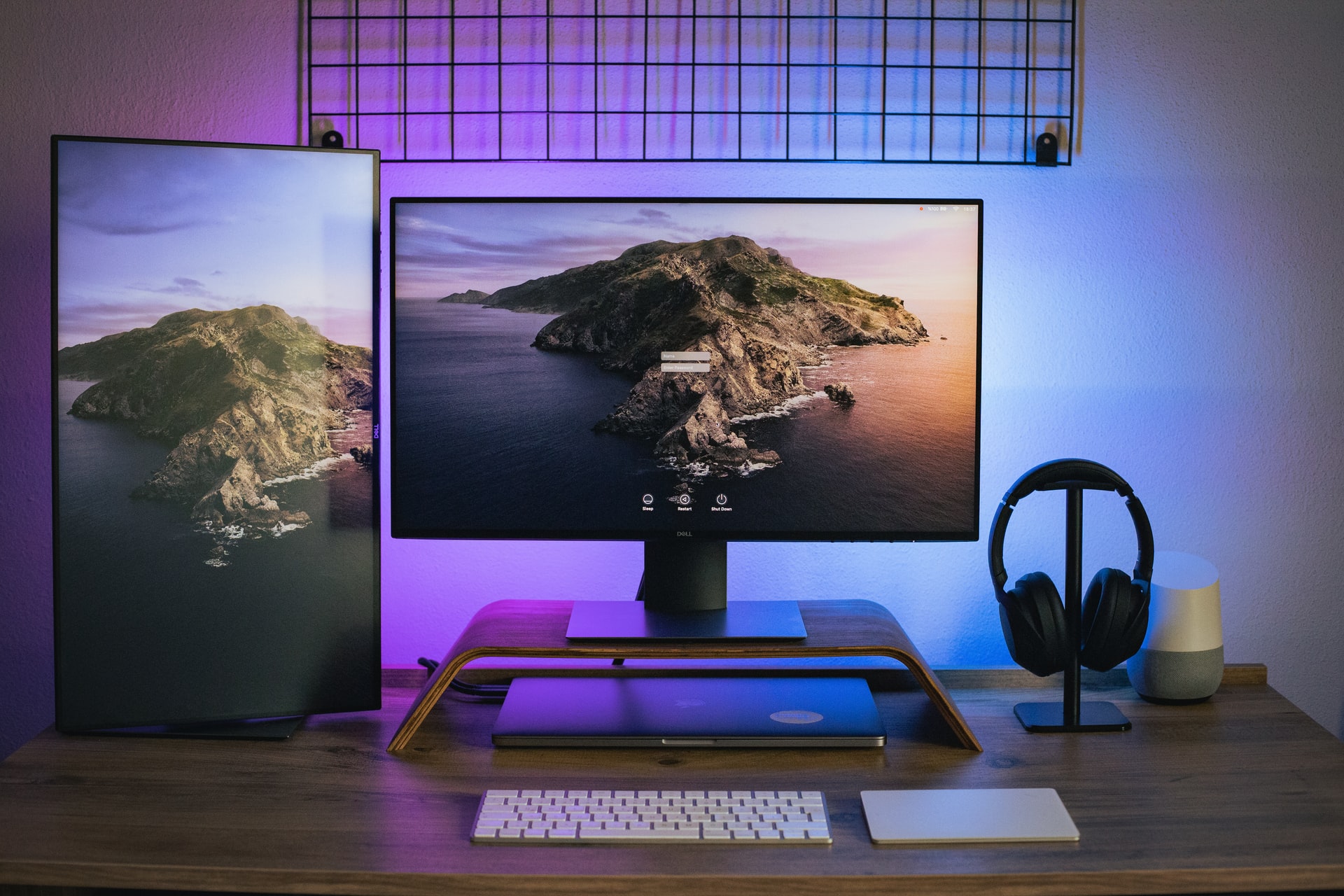Introduction: What is the response time?
It is the time it takes a system to react to a request. In computing, response time is the elapsed time between submitting a request and the start of the response. It is also known as latency, primarily when referring to networks.
What is latency?
Latency is the time takes for data to go from its source to its destination. It’s also known as response time.
Why does latency matter?
It takes for a request to go from your computer to the server and back. This time delay can be caused by several factors, including distance, network congestion, and server load. The farther you are from the server, your latency will be higher. Network congestion can occur when too many people are trying to use the same network connection simultaneously. Server load is how busy a server is at any given moment. If all servers are busy, your request will have to wait in line until one becomes available.
Types of Response Time: Grey, Black, and White
In the business world, response time is everything. But what happens when you’re dealing with something that’s not as cut and dry as a business decision? Your response time can be just as important in those cases, but it will be based on a different set of criteria.
There are three general types of response time: grey, black, and white. Grey response time is the slowest type, characterized by indecision and an unwillingness to take risks. Black response time is much faster, but it’s also much more aggressive.
It’s based on idea that there’s no such thing as too much risk when achieving your goals. The final type of response time is white response time. This is the fastest kind but also the riskiest and most irrational. It’s based on a simple idea: You can never have too much profit.
Grey Response Time: The Basics
In order to understand what grey response time is, you must first understand the basics of how a computer system works. When you type a letter, for example, that letter is sent to your computer’s CPU. The CPU then sends the letter to your monitor. The time it takes for the letter to go from the keyboard to the monitor is called “response time.” In general, the faster the response time, the better.
Black Response Time: Advanced Features
The Black Response Time Advanced Features were designed to improve the reaction time of black people. The features result from a study that found that the average reaction time for black people is lower than for whites. The study also found environmental and cultural reasons for the difference in reaction time. Some of the features of the Black Response Time Advanced Features are:
1) A vibrating wristband will vibrate when it is time to respond.
2) A watch that will light up and beep when it is time to respond.
3) A phone app that will give you a signal when it is time to respond.
4) A seat cushion will vibrate when it is time to respond.
5) A shoe sole that will vibrate when it is time to respond.
White Response Time: How to Minimize It
In a perfect world, everyone would react to situations the same way, and there would be no need for concern about how quickly someone of a different race might respond. Unfortunately, we don’t live in a perfect world, and race can affect how quickly someone responds to a situation.
This is often referred to as “white response time.” While there is no definitive answer on how to minimize white response time, some things can help. Understanding the concept of white response time and being aware of possible triggers is key. Building trust and relationships with people of other races are also important. And finally, it’s essential to recognize that everyone is different and there is no one right way to respond to every situation.
1ms and 5 ms
In the technology world, speed is everything. The faster a device can process information, the better. When it comes to displays, there are two speeds: 1 ms and 5 ms. So what’s the difference? And which one is better? let’s make a comparison between 1ms vs 5ms
1 ms displays are faster because they can show images more quickly. This is important for gaming and other activities that require quick response times. 5 ms displays are slower but produce less motion blur, which is important for watching videos and other content requiring smooth motion.
So which one is better? It depends on what you’re using it for. If you need a display that can show images quickly and without motion blur, then go with a 1 ms display. If you don’t need the fastest response time possible and want a display that produces smooth motion, go with a 5 ms display.
Measuring response time
In the modern world, response time is everything. Whether you’re a customer waiting for food at a restaurant or a soldier waiting for orders on the battlefield, the faster you can get what you need, the better. But what happens when response time isn’t good enough? That’s why scientists and engineers have been working on perfecting ways to measure response time so that they can make sure that everything is running as quickly as possible.
One of the most common ways to measure response time is through something called a reaction time test. Reaction time tests usually involve measuring how long it takes someone to react to a stimulus, such as a light or sound. Scientists use these tests to measure things like cognitive processing speed and sensory processing speed.
Reducing response time
In the age of technology, response time is everything. The faster you can respond to a customer or client inquiry, the more likely you will keep that customer or client. But what happens when your response time is slow? Chances are you’ll lose that customer or client. That’s why it’s essential to focus on reducing response time. Here are tips for doing just that
- Make sure you have the right tools in place. If you’re using an outdated system or software, it will slow down your response time. Ensure you have the latest and most excellent tools to respond as quickly as possible.
- Train your staff well. Your team is critical when it comes to reducing response time.
Conclusion
In conclusion, response time is an essential factor to consider when purchasing a monitor. The best monitors have a response time of 5 milliseconds or less. When shopping for a monitor, ask the salesperson about the response time.
Response time is not the only factor to consider when purchasing a monitor. There are other factors, such as size and resolution, that you should also consider.



